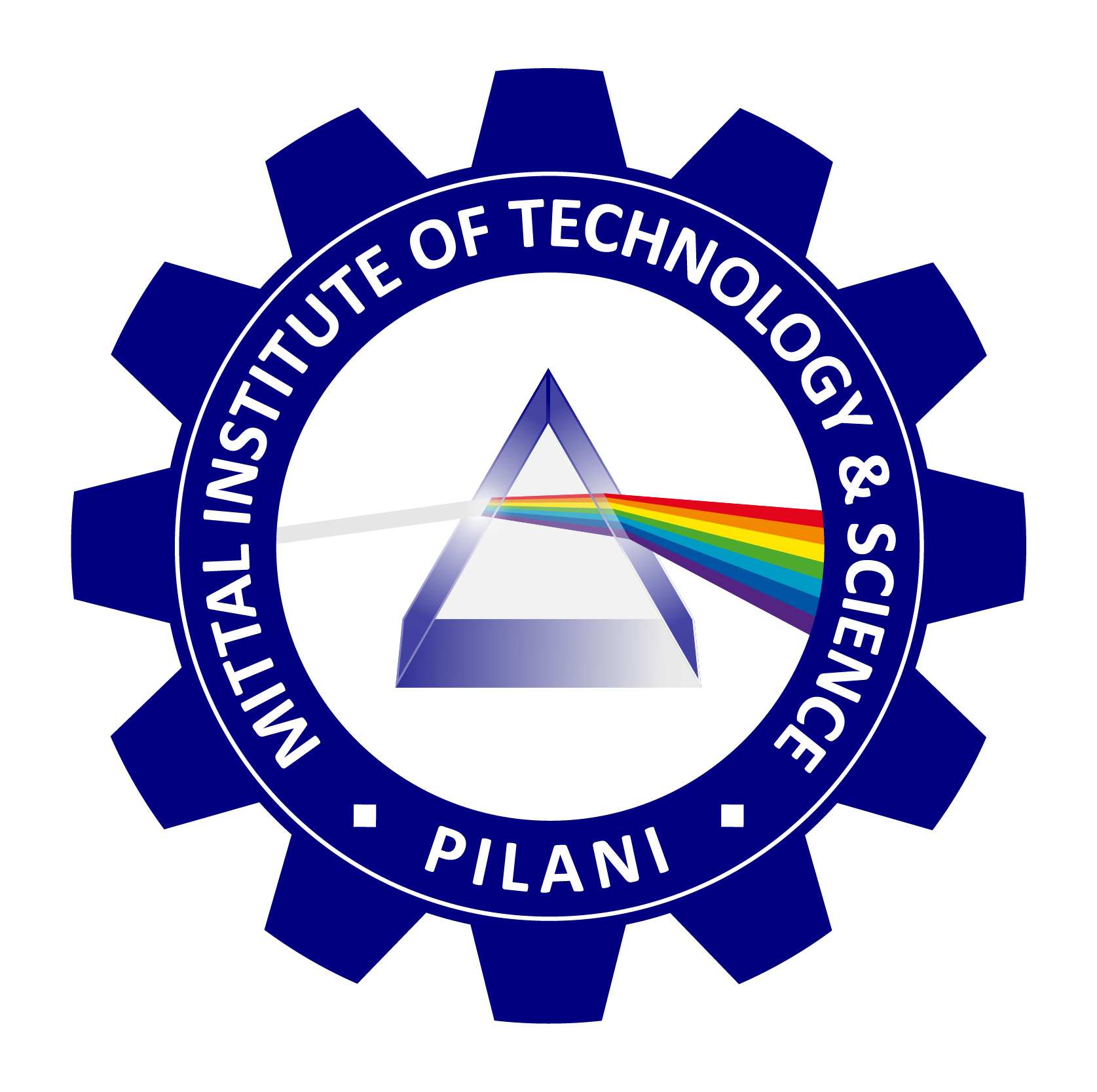
Pluggable Databases: Evolution, Architecture, Use Cases, and Industry Adoption
Introduction
In the evolving landscape of enterprise data management, Pluggable Databases (PDBs) have emerged as a critical innovation, particularly in multi-tenant environments and cloud computing architectures. Originally popularized by Oracle Database 12c, the concept of pluggable databases has gained traction across enterprise platforms and cloud providers, reshaping the way organizations think about scalability, isolation, maintenance, and cost-efficiency of their database environments.
- The concept and architecture of pluggable databases,
- Their evolution and reasons for their development,
- Their implementations across major vendors (Oracle, SAP, IBM, Microsoft, MySQL, AWS, etc.),
- Use cases in various industries,
- And a clarification of terminology: “database”, “database management system (DBMS)”, and related terms.
Understanding the Concept: What is a Pluggable Database?
In simplest terms, a Pluggable Database (PDB) is a self-contained database that includes its own schemas, objects, and data, but operates under a common container database (CDB) that provides shared memory, processes, and storage resources.
Think of it like a modular system:
- The Container Database (CDB) is like a bus or mainframe.
- The Pluggable Databases (PDBs) are like removable passenger cabins that have their own environments but depend on the main transport system.
This architecture is primarily a response to the growing need for multi-tenancy, database consolidation, and rapid provisioning in cloud and on-premises environments.
Causes and Evolution of Pluggable Databases
- Legacy Challenges
Before PDBs, organizations often managed hundreds or thousands of individual databases:
- High maintenance overhead (patching, upgrades).
- Hardware underutilization.
- Complex backup and disaster recovery processes.
- Difficulty scaling up or consolidating instances.
- Need for Multi-Tenancy
With SaaS models growing, multi-tenancy (multiple customers sharing the same application or database infrastructure) became essential. Traditional databases were not inherently multi-tenant.
- Cloud-Native Requirements
Cloud platforms required elastic scalability and cost efficiency, with quick provisioning and isolation between tenants.
- Database Consolidation
Businesses aimed to consolidate databases to reduce licensing costs, administration effort, and hardware sprawl — while maintaining security and isolation.
Evolution Milestones:
- Oracle 12c (2013): Introduced the concept of pluggable databases to mainstream enterprise systems.
- PostgreSQL, MySQL: While not initially pluggable, began incorporating schema-level isolation and database clustering technologies.
- Cloud-native DBaaS providers (AWS, Azure, Google): Adopted similar modular database provisioning for multi-tenant environments.
Architecture of Pluggable Databases
- Container Database (CDB):
- Manages shared memory and background processes.
- Holds metadata about PDBs.
- Pluggable Database (PDB):
- Operates as an independent logical database.
- Contains its own system metadata, user data, and application objects.
- PDB Snapshots (optional):
- Can create read-only or writable clones for development, testing, or backup.
- Management Layer:
- Tools for plugging/unplugging databases, cloning, migrations, and patching.
Use Cases of Pluggable Databases
| Use Case | Description |
| Multi-Tenant SaaS | Each customer gets an isolated PDB, while sharing compute/storage resources. |
| Database Consolidation | Reduces footprint by consolidating many small databases into fewer container databases. |
| Rapid Provisioning | Fast cloning of PDBs for development, testing, and analytics. |
| Disaster Recovery | Simplified backup and restore of individual PDBs. |
| Cloud Migration | Facilitates moving on-premises databases to cloud environments. |
| Dev/Test Environments | Easily spin up temporary environments using PDB snapshots. |
Adoption in Major Database Platforms
- Oracle Database
- Originator of the pluggable database concept.
- PDB architecture introduced in Oracle 12c, matured in Oracle 19c and Oracle 21c.
- Oracle Autonomous Database on Oracle Cloud Infrastructure (OCI) supports pluggable architecture for multi-tenancy and scaling.
- Tools like Data Pump, Clone PDB, and Hot Plug enable flexible migrations and snapshots.
- SAP HANA
- SAP HANA employs multi-tenant database containers (MDC), conceptually similar to PDBs.
- Enables single system to host multiple isolated databases.
- SAP BTP (Business Technology Platform) uses containerized database services for SaaS models.
- IBM Db2
- IBM Db2 supports multi-tenancy through database partitions and consolidated environments.
- Focus on hybrid cloud environments and container orchestration.
- Db2 on IBM Cloud Pak for Data offers modular deployment.
- Microsoft SQL Server
- SQL Server Always On availability groups and database containment concepts support similar objectives.
- In Azure SQL Database, Elastic Pools and Managed Instances provide pluggable-like scalability.
- Azure SQL Hyperscale allows auto-scaling with tenant isolation.
- MySQL
- MySQL 8.0 offers multi-instance containerization using tools like Docker and Kubernetes.
- Amazon RDS for MySQL and Aurora MySQL provide isolated tenant environments per cluster or database instance.
- Schema-based isolation common in SaaS architectures.
- AWS (Amazon Web Services)
- AWS RDS and Amazon Aurora provide logical separation of databases within clusters.
- Aurora Serverless v2 offers instant scaling per tenant.
- Amazon Redshift supports schema-level multi-tenancy for data warehousing.
- Other Cloud Vendors
- Google Cloud SQL supports database instances with high isolation.
- Azure SQL Database provides elastic pools for scaling.
- Alibaba Cloud PolarDB offers shared-storage multi-tenant architecture.
Clarifying Terminology: Database vs. DBMS
- Database
- A structured collection of data.
- Example: “Flights database” — refers to data storing flight information.
- Database Management System (DBMS)
- The software used to manage and interact with databases.
- Example: Oracle Database, MySQL, SAP HANA.
- Provides CRUD operations (Create, Read, Update, Delete), transactions, security, backup/restore.
- Relational Database Management System (RDBMS)
- A DBMS based on the relational model, using tables (rows and columns).
- Example: Oracle, MySQL, Microsoft SQL Server.
- Terminology Usage Clarification
| Term | Correct Usage | Example |
| Flights Database | Refers to data storing flight schedules, bookings, etc. | “The flights database stores schedules and passenger records.” |
| Oracle Database | Refers to software system (DBMS) or the specific instance of a database under Oracle DBMS. | “We migrated our legacy data to Oracle Database.” |
| Passenger Database | Refers to data storing passenger information. | “The passenger database holds all personal details of travelers.” |
| Database Management System | Refers to the overall system managing databases. | “We use a cloud-based database management system.” |
Simple rule:
- When referring to data, use database.
- When referring to software/system, use DBMS or Database Management System.
- When specifying vendor or product, use Oracle Database, SAP HANA, etc.
Pluggable databases represent a significant step forward in database architecture, addressing critical needs such as scalability, isolation, manageability, and efficiency in modern multi-tenant and cloud-native environments. Originating with Oracle and spreading to other vendors like SAP, IBM, Microsoft, and AWS, the concept has transformed database management strategies across industries.
Understanding the distinction between database, DBMS, and pluggable database is crucial for precise communication in enterprise and academic settings. As businesses increasingly adopt hybrid and cloud-first strategies, pluggable databases will continue to play a pivotal role in achieving operational agility, security, and cost optimization.
